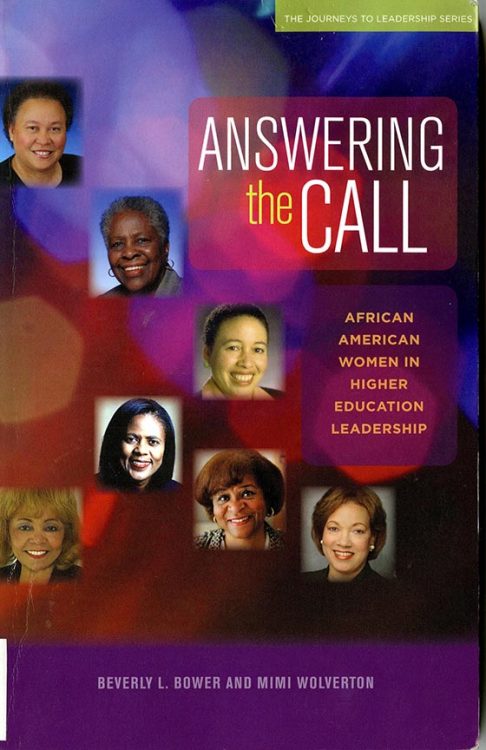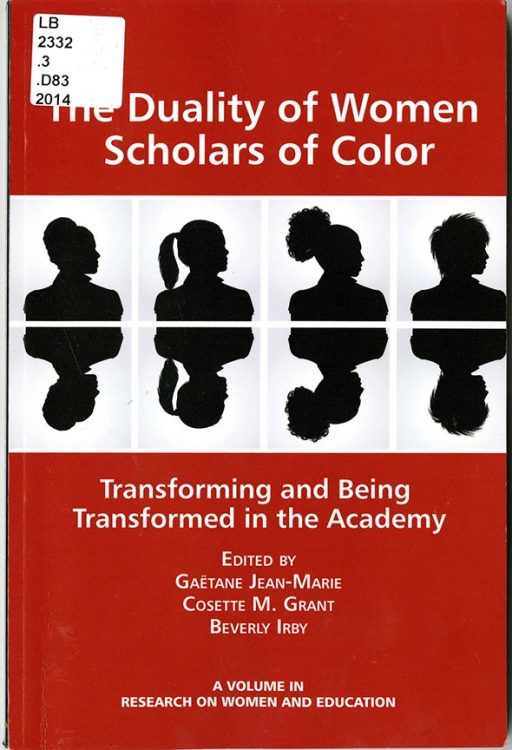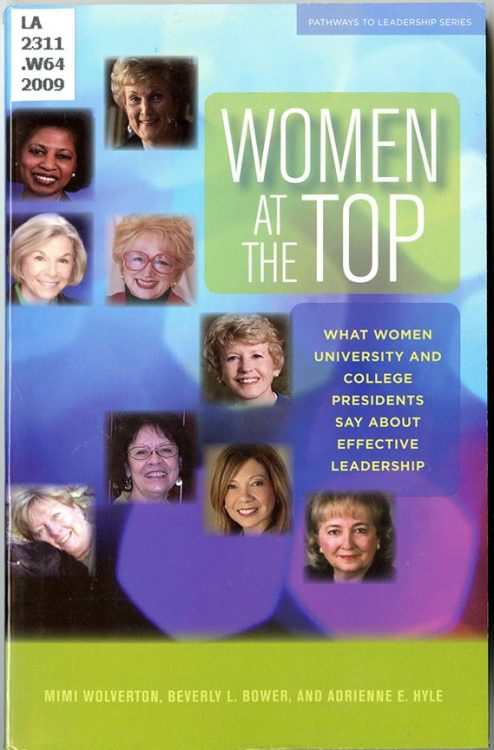The nation’s faculty is comprised of 3.1% African American women, 2.0% Latina, 3.6% Asian American women, and 0.23% Native American/Pacific Islander women. (Digest of Education Statistics, 2014.) There have been small, incremental gains throughout the years, but only Asian American women are represented at a greater than their percentage of the overall population.
Several works in this section employ the concept of intersectionality to explore ways in which multiple identities based on race, class, gender and sexuality may interact. Other works advance strategies by which women of color—in conjunction with allies—can create supportive campus environments. Caroline Sotello Viernes Turner, in Modeling Mentoring across Race/Ethnicity and Gender outlines successful models of cross-race and cross-gender mentoring. Karen Dace’s Unlikely Allies in the Academy encourages white women and women of color to employ the power of conversation, to engage in conversations about race that can lead to meaningful campus alliances.
Theodorea Regina Berry, and Nathalie D. Mizelle. From Oppression to Grace: Women of Color and Their Dilemmas in the Academy. Sterling, VA: Stylus, 2006.
Fred A.Bonner. Black Faculty in the Academy: Narratives for Negotiating Identity and Achieving Career Success. New York: Routledge, 2015.
Dwayne Mack. Mentoring Faculty of Color: Essays on Professional Development and Advancement in Colleges and Universities. Jefferson, NC: McFarland, 2013.
Kerry Rockquemore, and Tracey A. Laszloffy. The Black Academic's Guide to Winning Tenure--Without Losing Your Soul. Boulder: Lynne Rienner, 2008.
Caroline Sotello Viernes Turner. Modeling Mentoring Across Race/Ethnicity and Gender: Practices to Cultivate the Next Generation of Diverse Faculty. Sterling, VA: Stylus, 2015.





